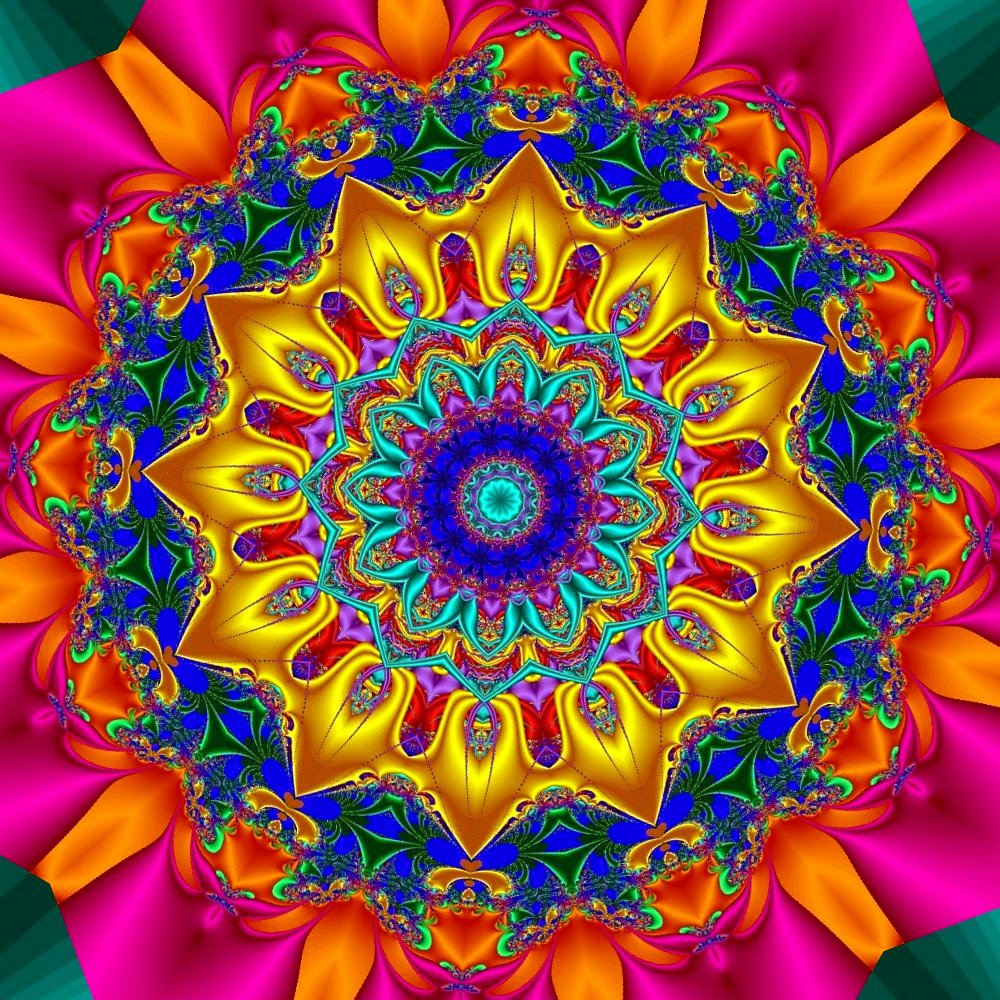

A single pixel could represent anything from one audio sample to one minute, one hour, one day, or more in duration, giving unprecedented control over performance time structures.

These performances can be set to have any desired duration: an image could represent a one measure loop, providing 1/1024th note timing resolution, or it could represent an entire ten minute song. The difference is in scope and the unprecedented level of control and flexibility offered by Kaleidoscope.Ī single Kaleidoscope instance uses up to two pictures that can provide over two million points of stereo automation data to create incredibly intricate performances that evolve in time, frequency and space. This is similar in some ways to a spectrogram or even to piano-roll notation in standard musical sequencers. The brightness of a particular pixel in the image determines how loud the sound will be at that particular point in time and frequency. It scans an image from left to right where the horizontal access represents time, and the vertical access represents frequency. Kaleidoscope uses pictures to control sound. Additionally, Kaleidoscope offers unique control over the dynamic spatialization of the sound at each point in time a frequency and thus adds a third axis of creative control to the musical organization of sound: spatial choreography.

Kaleidoscope seeks to vastly expand our understanding of these definitions, rewrite music theory for the information age, and explore the areas in which time and frequency converge - that is to say where tonality becomes rhythm and where rhythm becomes tonality. Rhythm includes things such as tempo, meter, syncopation and groove. Tonality includes things such as tuning systems, musical scales, and harmony. In music we call organization in time rhythm, and we call organization in frequency tonality. Kaleidoscope is a tool that offers ultimate control over musical organization in both of these domains. The organization occurs in two axes: time and frequency. Kaleidoscope is both an effects processor as well as a content generator, meaning that it is possible to synthesize completely new sounds without any input sound or MIDI performance data as well as to transform incoming audio signals in other-worldly manners. Let's run the stats:Ĭonnect the dots of possibility and create new forms.

Kaleidoscope image company plus#
There are two different sets of content for Kaleidoscope, plus two additional optional add-ons.
Kaleidoscope image company code#
One might wish to make a compiled version of mappt, but I like this particular code pretty much.Kaleidoscope is the ultimate sound-design tool and creative effects toy! It is an entirely new class of visual audio effects processors and is one of the most unique generative signal processing tools to come to market in recent history. The only issue now is that this implementation is quite slow. This is easily fixed by specifying explicit values for DataRange, i.e. I think the main problem is that ArcTan runs from $-\pi$ to $\pi$, but the DataRange in the x direction runs from 0 to 1, so you're actually using 6 and a bit copies of the original image to cover the whole circle.


 0 kommentar(er)
0 kommentar(er)
